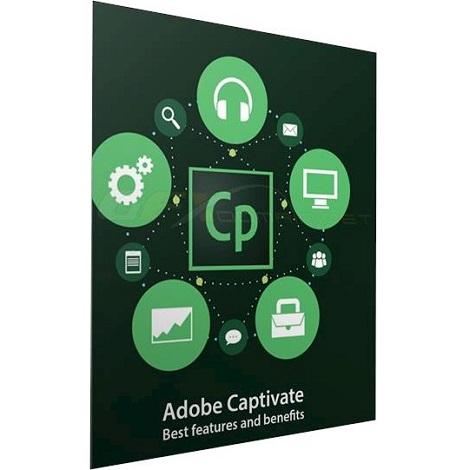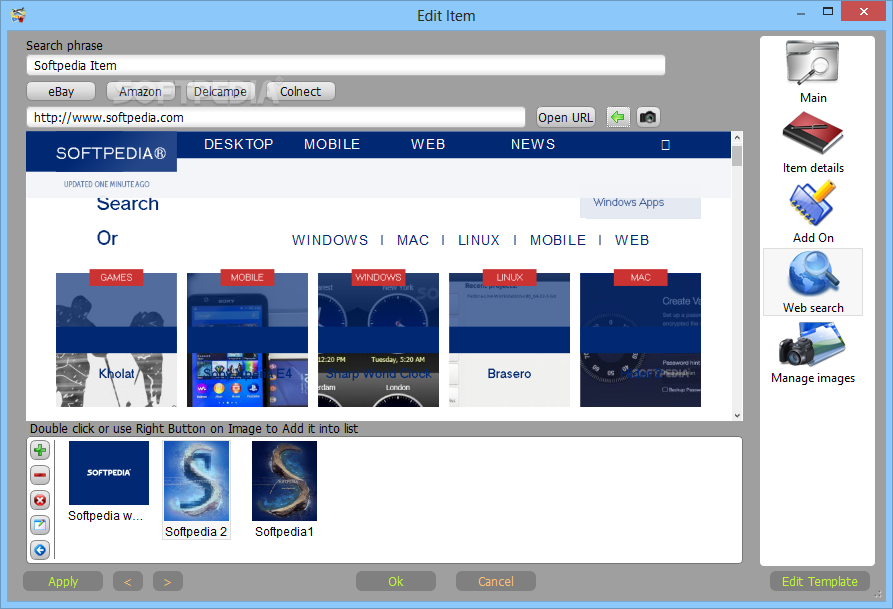

- Download free adobe captivate mac zip file#
- Download free adobe captivate mac update#
- Download free adobe captivate mac download#
ReadSpeaker voices replace NeoSpeech.Ĭlick the Download new and enhanced voices link. If you're a veteran Captivate developer, you'll notice that Captivate used to rely on NeoSpeech. Specifically, Adobe has enhanced the Text-to-Speech feature.Ĭhoose Audio > Speech Management to open the Speech Management dialog box.Īt the bottom of the dialog box, you'll see a note about ReadSpeaker. But there's more to this update, and I'm loving it. In that post, I told you how Adobe removed most of the outdated (Flash) SWF features.
Download free adobe captivate mac update#
Last week I told you about an awesome (and free) update to Adobe Captivate 2019. This, of course, is not a problem if you know the exact time when you happened to be saving a particular project." You have to keep creating and opening these zips until you get lucky. If you happen to be working on several projects simultaneously, it can take a bit of digging to find the one that you want. Rod went on to say: "The naming structure of the folders provides no clue as to which CP project corresponds to which cached folder. "If you don't have success with the first one you try (possibly because it is too corrupted), you can always try another one further down the list by looking at the time the folder was added." "Captivate saves one of these db folders each and every time you save a project file," said Rod.
Download free adobe captivate mac zip file#
Change the extension of the zip file to cptx and the file should open in Captivate.According to Rod, "the other files that might be there seem to be files used in locking the project so that you cannot inadvertently edit two of them at the same time." Be careful to not include any other files in the zip other than those listed above. Note: There may be other folders and files in the db folder mentioned above. Select the files named above and use them to create a zip file.The size of this file should be greater than 0 kb. There should be a file within the folder called objects.cpo. (This folder will contain several cpd files.)Ī folder called Objects. This is the default location of the cached project, and you can change this via the Global Preferences, as mentioned above.Ī folder called Compressed_data. Find the project cached folder (for example, C:\Users\your name\Documents\Adobe Captivate Cached Projects\CPDxxxxx\db).Rod used these steps and was able to get back in the game. Special thanks to fellow Captivate developer Rod Ward, Director of Infosemantics, who had the misfortune (or fortune, depending on how you look at the world) of working with a Captivate project that refused to open. Assuming you know the location of your project cache folder, you should be able to resurrect a project by following the steps below (the xxx in the example below will be different on your system). If you don't have a project backup and the only version of your project refuses to open, the cached version of the project will come to your rescue. Should your Captivate project become corrupt or get misplaced, and you have the backup file, change the name of the backup file to new_name.cptx and you're all set. Without the contents of the Cache folder, the steps listed below to recover a corrupt project will not work. Do not delete your Cache folder (or click the Clear Cache button in the image above) unless you have a project backup. You can create the Cache folder anywhere you like, provided the location is not a network resource. Note: In the image above, I created a folder named Cache directly on my hard drive. The cached assets make the process of opening, saving, and working on a project faster.

According to Adobe, the Project Cache folder contains all of your projects' components until you click the Clear Cache button. The less obvious feature is the role of Project Cache. The Publish At option allows you to specify where your projects are published. You will see two options in the Default Locations area: Publish at and Project Cache. From the top of the Preferences, click General Settings.

If you're on a Mac, choose Adobe Captivate > Preferences. When I teach my Adobe Captivate beginner vILT classes, we cover application Preferences fairly early. If you're on a PC, choose Edit > Preferences.


 0 kommentar(er)
0 kommentar(er)
